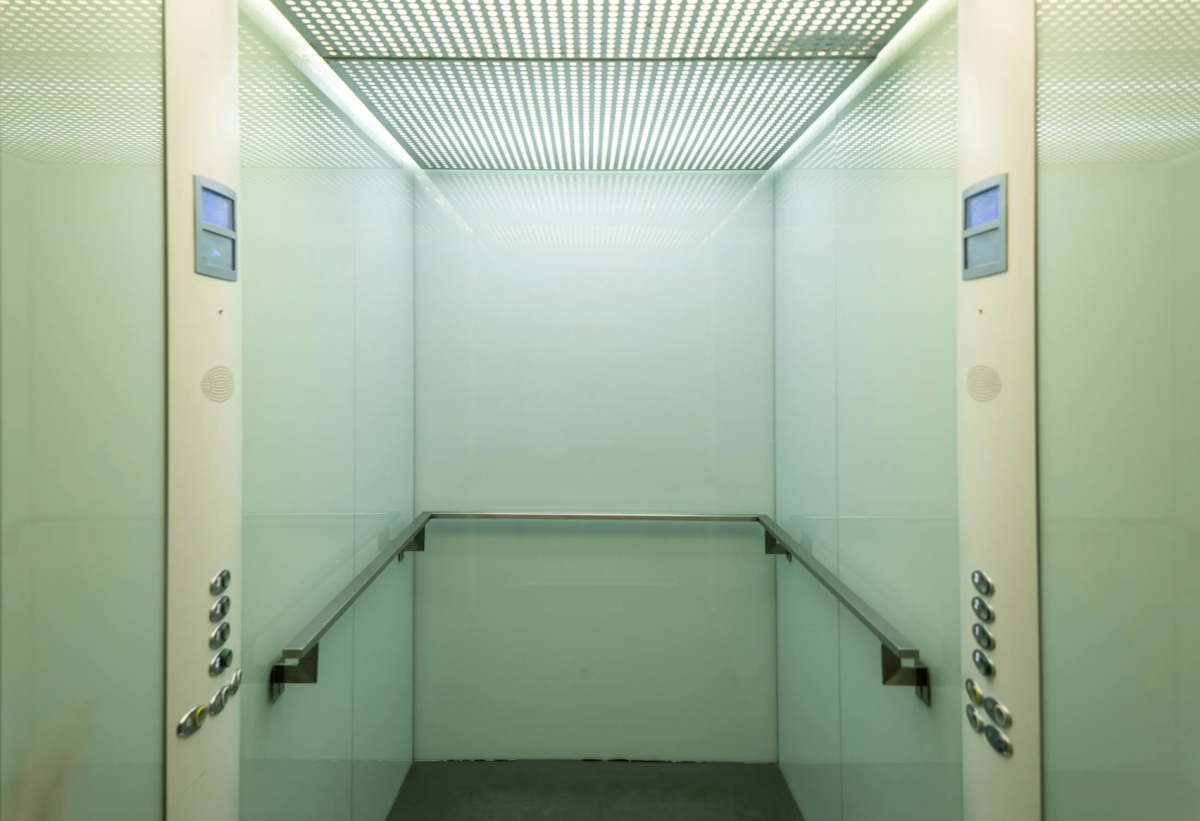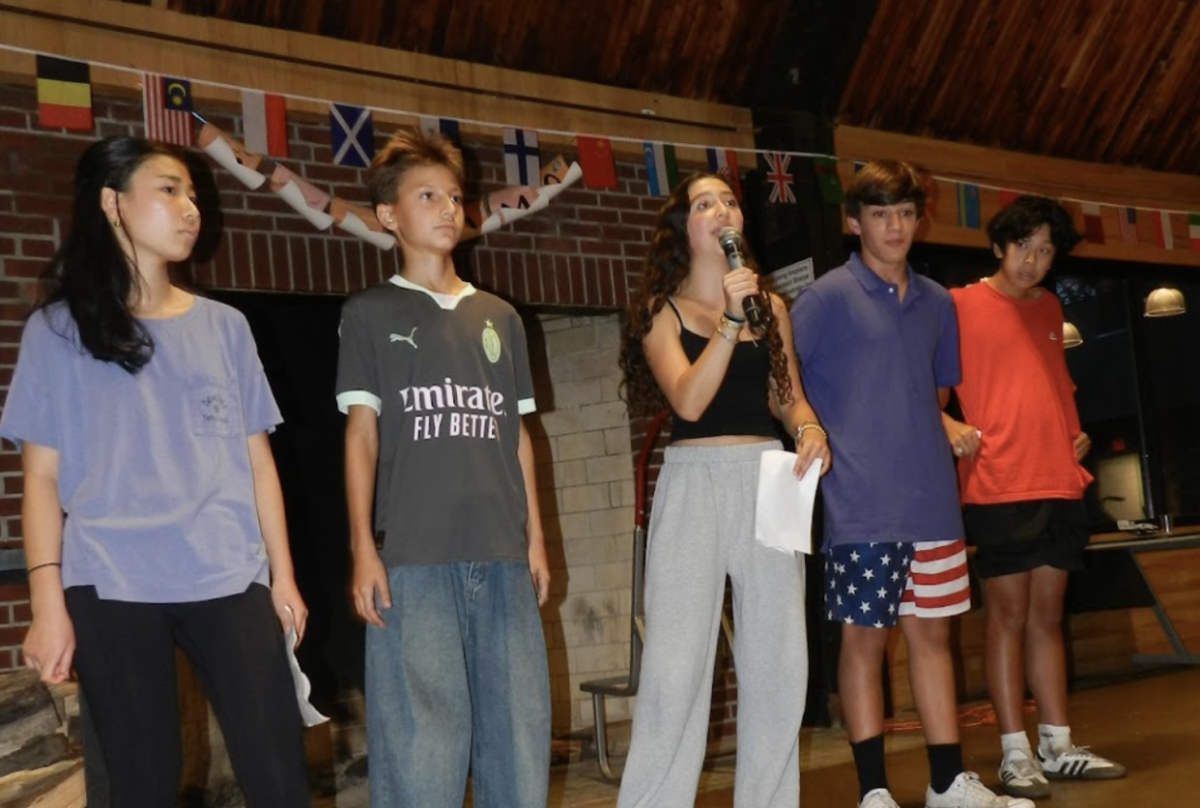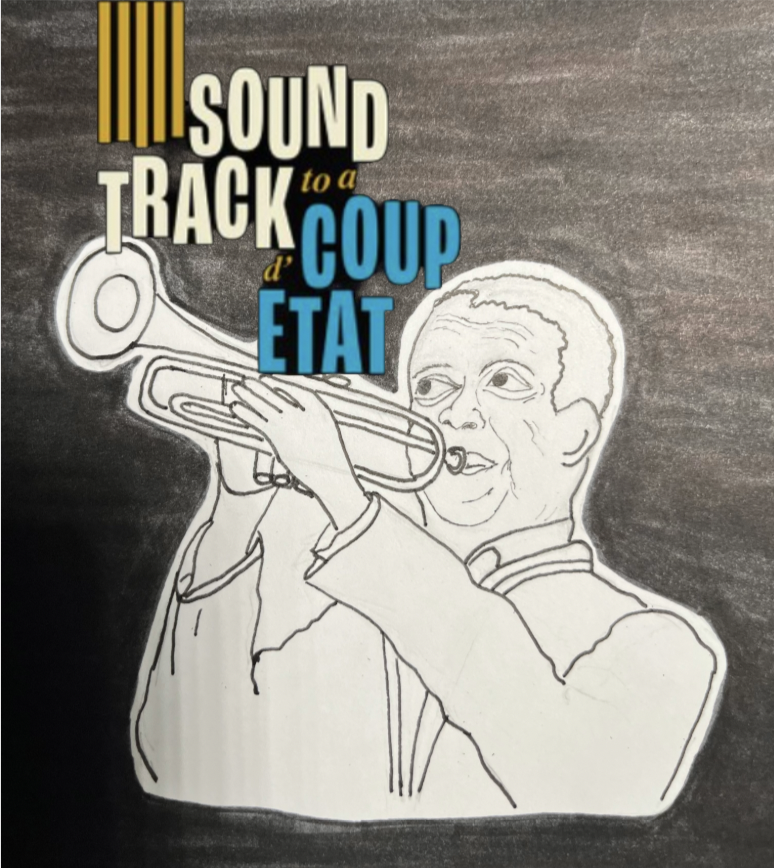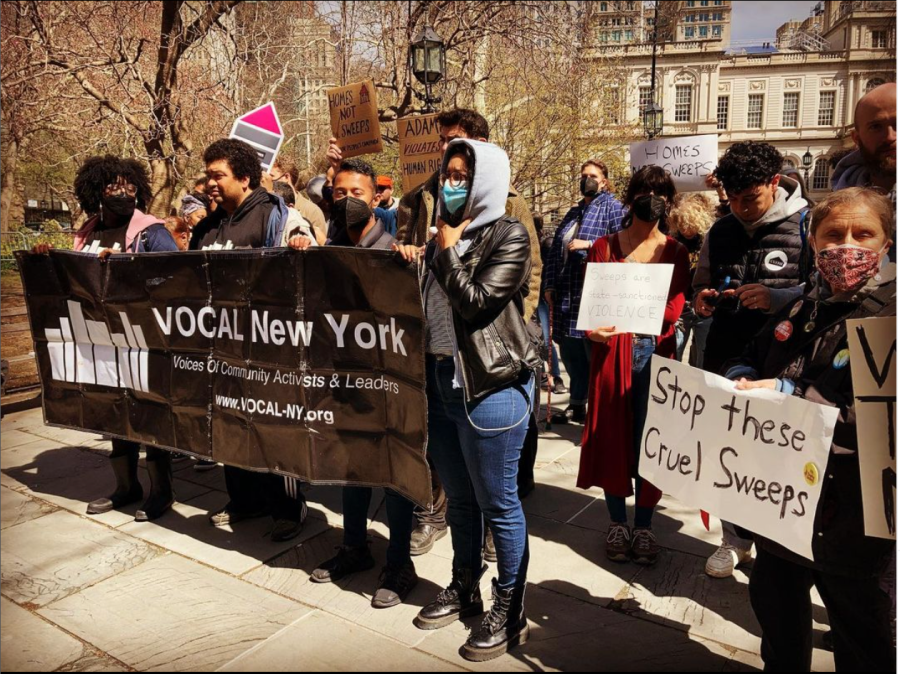The UNIS elevator has been a contentious point of debate at UNIS for a while—particularly regarding the use of a “buddy.” The “buddy system” allows students with an elevator pass to have a friend join them on the ride. However, the nurses no longer allow students to have buddies. Even so, like clockwork, the elevator is jam-packed with high schoolers pressed against the walls to hide from teachers and security checking for passes and stowaways. Despite the faculty’s iron-clad law enforcement, students still manage to falsify passes and sneak in every day. So the debate persists: should students be allowed to take the elevator without a pass?
Almost all teachers unanimously agree on the front that students should not take the elevator illegally. This privilege is a luxury for faculty, staff, and the occasional student with a pass. Students are often noisy and disruptive according to faculty, bringing friends and inviting the opportunity for other students to enter.
Teachers are adamant that students take the stairs, to keep the elevator quiet and peaceful for the sake of their sanity. However, most teachers don’t mind too much if one or two students squeeze in, trusting that they have a pass. Yet a few teachers are far more strict when enforcing this law.
When discussing this dilemma with Mr. Lister, a Tut House humanities teacher, he explained the teacher’s side of the debate concisely. In summary, he essentially determined that students shouldn’t take the elevator without a pass.
He tries to minimise his time in the elevator as he believes that for himself and the students at UNIS, it is “not too much to ask fit, young, vibrant people to climb a few flights of stairs every day.” When asked why he felt this way, Mr. Lister raised two principal arguments.
Firstly, he claimed the restriction was beneficial to students’ health, and most importantly, the ban was “a rule, and rules should be followed.” This is reflective of most teachers’ perspectives on this issue. Mr. Lister firmly believes that students shouldn’t be allowed to use the elevator freely as we “can’t have a school of anarchy!” On the contrary, students feel very differently about this.
In an anonymous interview with a student who frequently sneaks into the elevator, very dissimilar opinions were declared. This mystery delinquent argued that when they are running late to class, they should be able to use the elevator because it “hurts no one else, and it doesn’t bother anyone.”
This is entirely representative of the nearly unanimous opinion of the Tut House student body, who all would probably agree that opening the elevator to students would be fantastic! Many high schoolers, including this anonymous interviewee, believe that they should be allowed a buddy, as it is “not that big of a deal, and it’s not that deep if no one is in the elevator anyways.”
After considering these opposing perspectives, one must ask oneself if the facility would even be useful if it were open to the whole school. As Mr. Lister said, the rules are in place for a reason. Two elevators, one of which is frequently shut down, cannot accommodate 1,500 students along with 300 faculty and staff.
In many schools, elevators are open to students. These buildings have many more stories and many more elevators. Realistically, the UNIS elevator cannot be open to the student body. Yet, students will always find a way to sneak in whilst the security and teachers aren’t looking. The accessibility of the UNIS elevator will remain a contentious point of debate amongst miscreants and teachers alike, for many years to come.





















